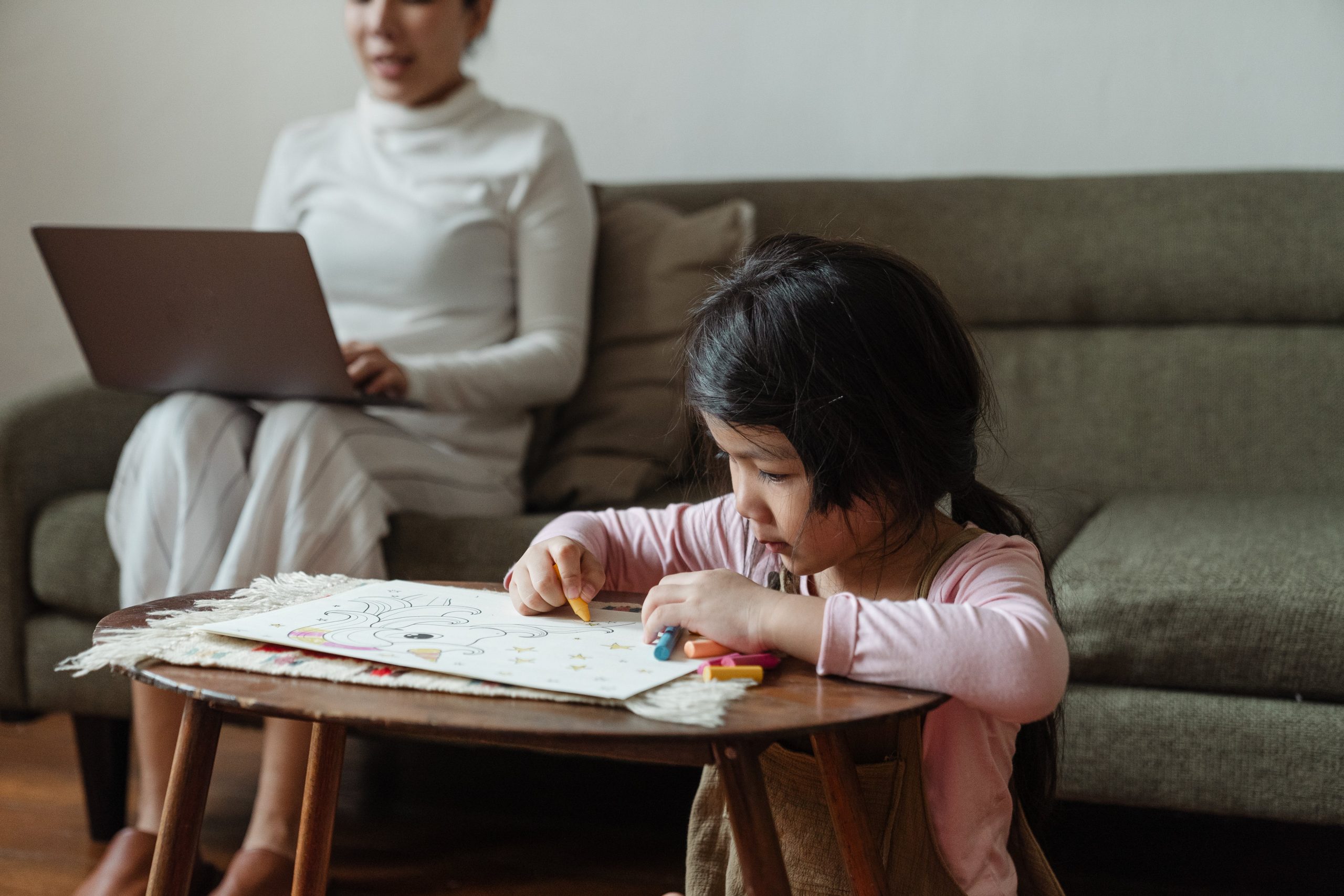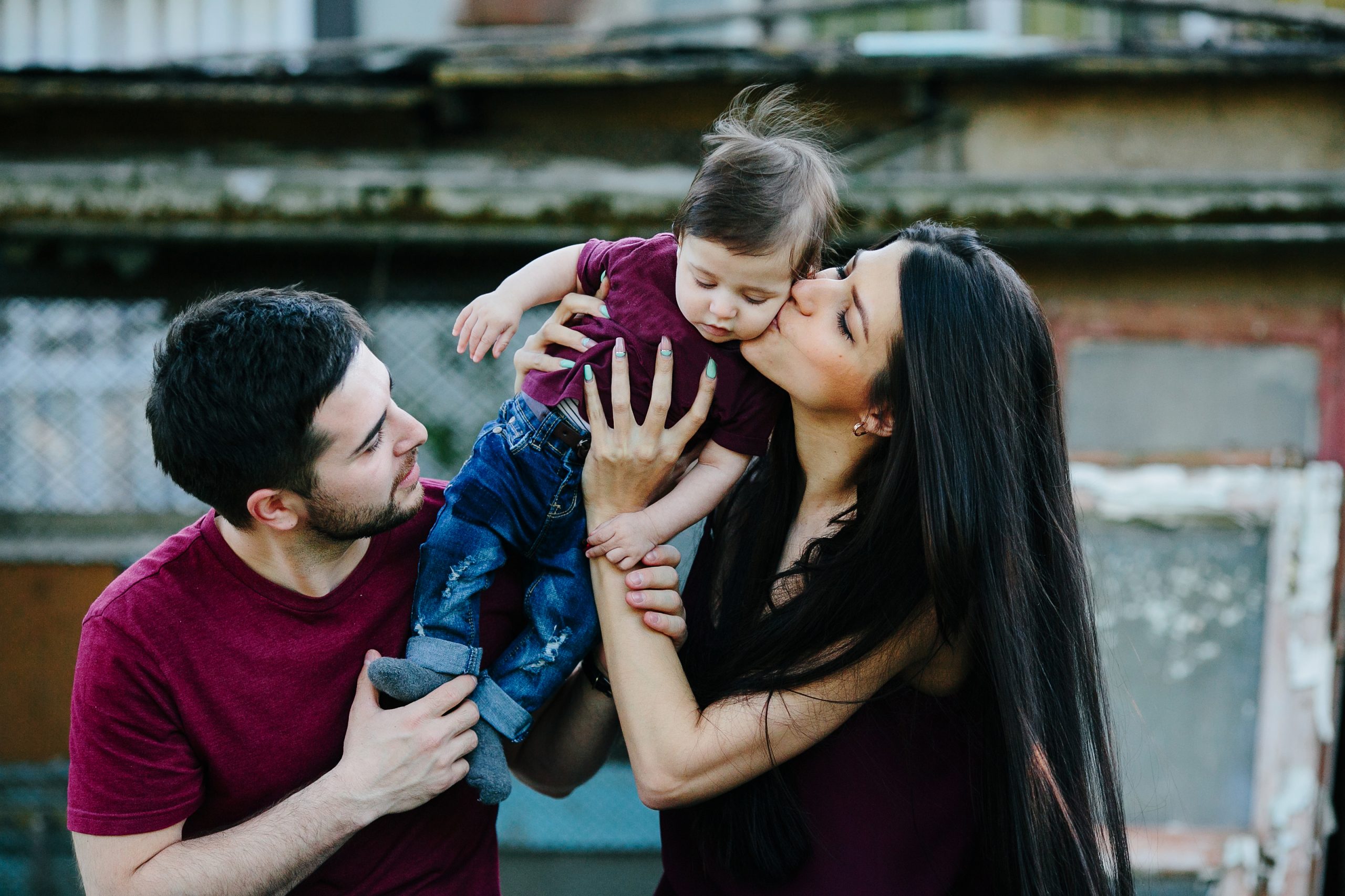Discovering that your 9-year-old daughter has started smoking can be a shocking and distressing experience for any parent.
As a content marketer with years of personal parenting experience and a background in relationship coaching, I understand the complexities of this issue.
In this comprehensive guide, we will delve into the reasons behind such behavior in young children and offer practical, actionable solutions.
This article is structured to provide in-depth insights, drawing from personal experiences and professional observations, and is written in a conversational tone to engage and inform.
Understanding the Why: Digging Deep into the Root Causes
The Influence of Social Circles and Media
Peer Pressure and Curiosity: At the tender age of nine, children are highly impressionable and susceptible to peer influence. The desire to fit in or appear ‘cool’ can lead them to mimic behaviors seen in older children or adults, including smoking. This imitation often stems from a place of curiosity and the need for social acceptance.

Media’s Role: The portrayal of smoking in media, despite regulations, can still glamorize the habit. Children exposed to such content may develop a skewed perception of smoking, viewing it as a desirable or adult-like behavior.
Family Dynamics and Parenting Styles

Uninvolved Parenting: A lack of parental involvement can significantly impact a child’s decision-making. In cases where children feel neglected or lack guidance, they might turn to risky behaviors like smoking as a form of rebellion or a cry for attention. Understanding the effects of uninvolved parenting is crucial in addressing these issues.
Observational Learning: Children often imitate the behavior of their parents or close family members. If a family member smokes, a child may perceive it as a normal or acceptable activity, increasing the likelihood of them trying it.
Psychological Factors
Seeking Attention: Some children might start smoking as a way to gain attention, especially if they feel overshadowed by other family dynamics. The concept of a child making up stories or engaging in alarming behaviors for attention is not uncommon, as discussed in the article on why a child makes up stories for attention.
Coping Mechanism: For some children, smoking might be a misguided attempt to cope with stress, anxiety, or emotional turmoil. Understanding the underlying emotional triggers is essential in addressing the habit effectively.
Creating a Supportive Environment for Change
Open Communication and Building Trust
Initiating the Conversation: Approach the topic with empathy and openness. Create a safe space for your child to express her feelings and thoughts without fear of judgment or immediate reprimand.
Active Listening: Pay close attention to what your daughter says and how she feels. This understanding can provide valuable insights into why she started smoking and what she needs from you as a parent.
Involving Professionals
Seeking Guidance: In some cases, professional help from a child psychologist or counselor may be necessary. They can offer tailored strategies and support to address the underlying issues and help your daughter overcome the habit.
Educational Resources: Educate your daughter about the health risks associated with smoking in an age-appropriate manner. This knowledge can be a powerful deterrent against continued smoking.
Effective Parenting Strategies to Discourage Smoking
Establishing Healthy Boundaries and Discipline

Consistency is Key: Establish clear rules and consequences regarding smoking and other risky behaviors. Consistency in enforcing these rules is crucial in teaching children about boundaries and the importance of making healthy choices.
Positive Reinforcement: Encourage and reward positive behavior. Recognizing and praising your child for good decisions can reinforce their self-esteem and motivate them to continue making healthy choices.
Role Modeling and Family Influence
Be a Role Model: As a parent, your actions speak louder than words. If you smoke, consider quitting. Demonstrating healthy habits yourself is one of the most powerful influences on your child’s behavior.
Family Activities: Engage in smoke-free family activities. Creating a healthy, active lifestyle can reduce the allure of smoking and other negative behaviors. Activities that promote bonding and open communication are particularly beneficial.
Addressing Emotional and Behavioral Issues
Understanding Emotional Needs: Children often use behaviors like smoking to express unmet emotional needs. It’s important to identify and address these needs proactively. For instance, if a child feels neglected or is struggling with family dynamics, they might make poor decisions, as discussed in when your grown child makes bad decisions.
Behavioral Interventions: In some cases, behavioral therapy or interventions may be necessary. These approaches can help your child develop healthier coping mechanisms and decision-making skills.
Nurturing a Supportive Home Environment
Creating a Safe and Open Home Atmosphere

Encourage Open Dialogue: Foster an environment where your child feels comfortable discussing her feelings and concerns. An open dialogue can prevent secretive behaviors like smoking.
Family Support: Ensure that your child knows she has the support and love of her family. A strong support system can be a significant deterrent against negative peer influence and risky behaviors.
Educating About the Dangers of Smoking

Age-Appropriate Education: Use resources and discussions to educate your child about the dangers of smoking in a way that is understandable and relatable to her age group.
Real-Life Examples: Share stories or examples of the real-life consequences of smoking. This can make the risks more tangible and relatable for a young child.
The Role of Schools and Community in Preventing Childhood Smoking
School-Based Programs and Education
Preventive Education in Schools: Schools play a crucial role in educating children about the dangers of smoking. Effective school-based programs that focus on health education can significantly reduce the likelihood of children picking up smoking.
Peer Support and Clubs: Encouraging participation in school clubs and activities can provide a positive peer group that reinforces healthy behaviors. These groups can offer support and a sense of belonging, reducing the appeal of negative influences like smoking.
Community Involvement and Resources

Community Programs: Many communities offer programs aimed at preventing youth smoking. These can include educational workshops, counseling services, and recreational activities that promote a healthy lifestyle.
Public Spaces and Regulations: Advocating for smoke-free public spaces and strict enforcement of underage smoking laws can help reduce the accessibility and social acceptance of smoking among children.
Managing External Influences
Navigating Peer Pressure
Teaching Assertiveness: Equip your child with the skills to resist peer pressure. Role-playing scenarios where they practice saying “no” to smoking can be an effective strategy.
Choosing Friends Wisely: Encourage your child to choose friends who share similar values and healthy habits. Discuss the qualities of good friendships and the importance of surrounding oneself with positive influences.
Media and Online Influence
Monitoring Media Consumption: Be aware of the media your child consumes and discuss the portrayal of smoking in movies, TV shows, and online platforms. Educating them about the reality versus the glamorization of smoking in media is essential.
Positive Online Communities: Guide your child towards online communities and content that promote healthy lifestyles and provide accurate information about the risks of smoking.
Additional Resources and Support for Parents
Seeking External Support
Parenting Workshops and Seminars: Participate in parenting workshops or seminars that focus on effective communication and behavioral management strategies. These can provide valuable tools in addressing issues like childhood smoking.
Online Resources: Utilize online resources and forums for additional support and advice. Engaging with other parents who have faced similar challenges can offer new perspectives and coping strategies.
Building a Support Network
Family and Friends: Lean on your support network of family and friends for advice and encouragement. Sharing your experiences and challenges can provide emotional support and practical solutions.

Professional Help: If needed, don’t hesitate to seek professional help from child psychologists or family therapists. They can offer tailored advice and strategies to address your child’s smoking behavior.
Fostering a Healthier Lifestyle for Long-Term Well-being
Promoting Physical Health and Activities

Encourage Physical Activities: Engage your child in sports or physical activities that she enjoys. Regular exercise not only improves physical health but also boosts mental well-being and self-esteem, reducing the likelihood of turning to harmful habits like smoking.
Healthy Eating Habits: Teach the importance of a balanced diet. A healthy body can reinforce the value of taking care of oneself, contrasting sharply with the harmful effects of smoking.
Mental and Emotional Well-being
Mindfulness and Stress Management: Introduce your child to mindfulness practices or stress-relief activities. Techniques like meditation, yoga, or simple breathing exercises can be effective ways for children to handle stress without resorting to smoking.
Positive Self-Image: Work on building a positive self-image and confidence in your child. Children who feel good about themselves are less likely to seek validation through risky behaviors.
Long-Term Strategies for Prevention
Consistent Parental Involvement
Stay Involved: Regularly check in with your child about her life, friends, and feelings. Ongoing involvement shows that you care and are available to support her.
Educational Continuity: Continue educating your child about the risks of smoking as she grows. Reinforcing this knowledge as she encounters different life stages and challenges is crucial.
Creating a Supportive and Open Family Environment
Family Time: Prioritize spending quality time together as a family. Activities that foster closeness can create a strong family bond, offering a sense of security and belonging.

Discussing Difficult Topics: Don’t shy away from discussing challenging topics, including peer pressure and smoking. An open and honest dialogue can prepare your child to face these issues head-on.
Conclusion:
We’ve explored the multifaceted approach needed to understand and address why your 9-year-old daughter might be smoking.
From uncovering the root causes to implementing effective parenting strategies, involving schools and the community, and fostering a healthier lifestyle, we’ve covered a range of actionable insights and solutions.

Remember, addressing childhood smoking is not just about stopping a bad habit; it’s about understanding and nurturing your child’s overall well-being. It requires patience, empathy, and consistent effort.
As parents, your role is pivotal in guiding your child through these challenging times and laying the foundation for a healthy, smoke-free future.


